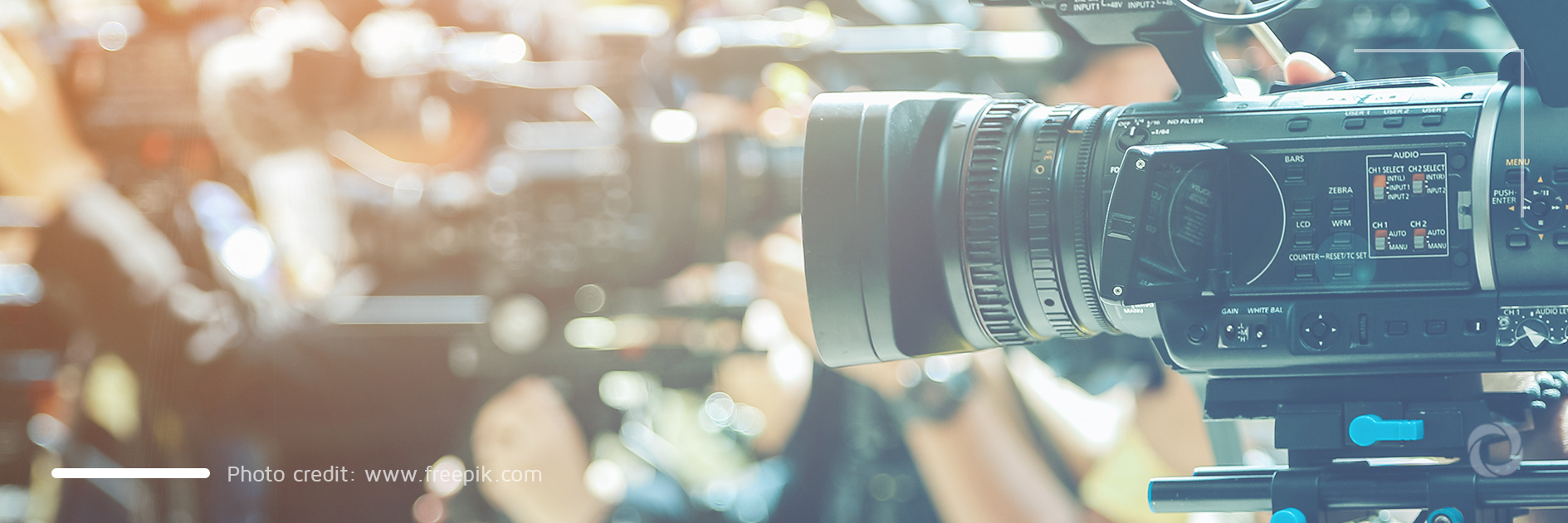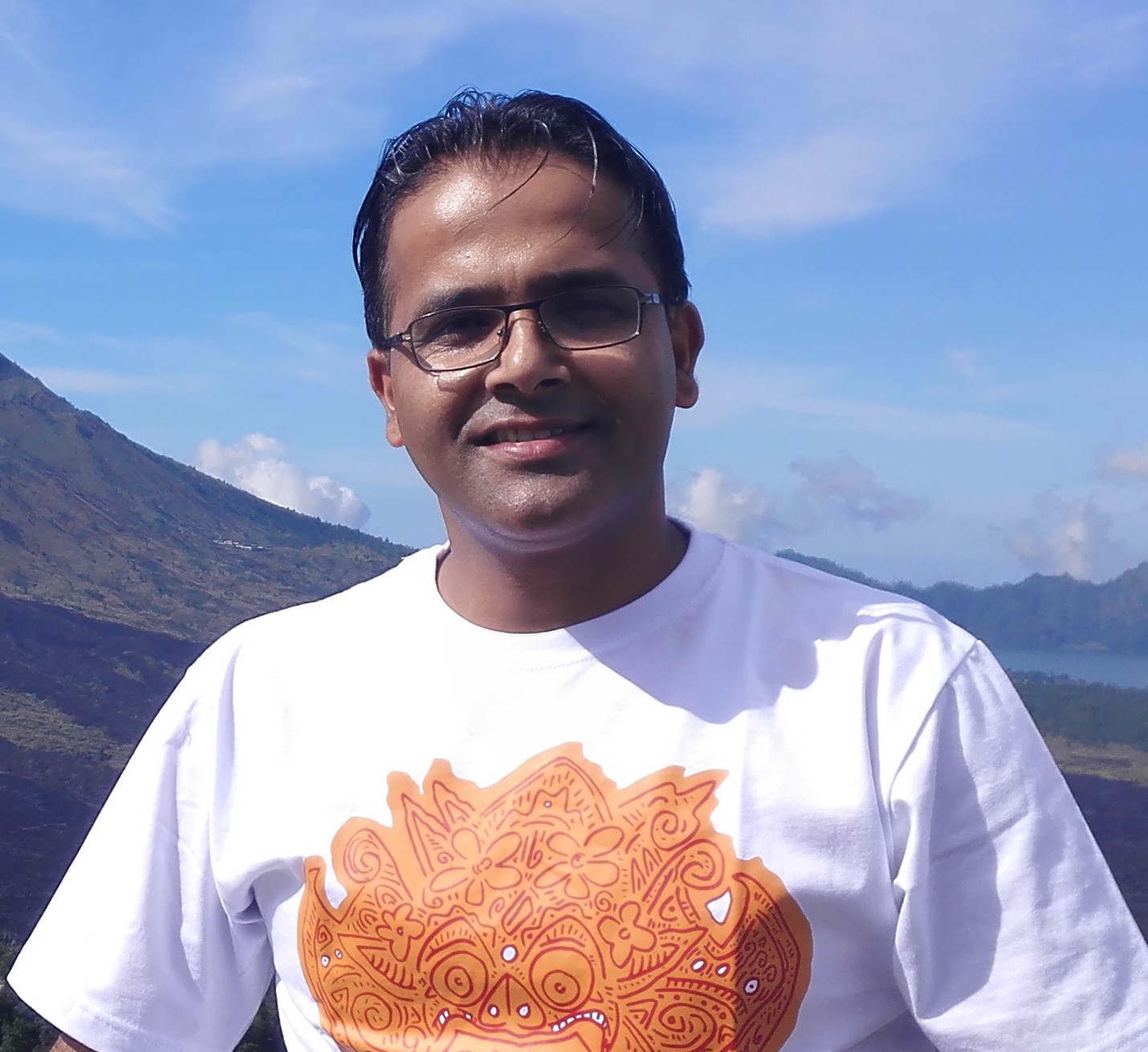Plagued with enforced disappearances, arson, and the attempted murder of journalists, Maldives, a short-lived democracy, has been unable to address impunity for crimes against journalists who continue to face violence and gender-specific threats.
A report titled Chasing Justice, launched on August 22 by the Maldives Journalists Association (MJA) and the International Federation of Journalists (IFJ) has found that journalists in Maldives are intimidated by government officials and political figures through veiled threats for being critical of the government and reporting corruption. Furthermore, women journalists in the country face gender-specific threats and are harassed by anonymous sources, contacts, and colleagues.
Although no journalists have not been attacked or directly assaulted since President Ibrahim Mohamed Solih assumed office on 17 November 2018, the study noted that, with media regulatory bodies being toothless, impunity for crimes against journalists remains a huge problem in the country.
Meanwhile, talking to DevelopmentAid, Mohamed Hamdhoon, President of MJA, commented:
“This report highlights the situation of media freedom in Maldives. It focuses on the challenges to ending impunity on crime against journalists along with the perception of the media workers on these issues. I believe that this report can serve as a baseline for the government to start its work towards protecting press freedom and to enhance the safety of journalists in Maldives.”
Hamadhoon was of the view that the media regulatory bodies in Maldives should improve the safety of journalists by providing training on safety, digital security, and self-protection. It is also equally important for media rights organizations to work in a collaborative way to combat workplace harassment and discrimination against women journalists, he added.
“The government of Maldives, political parties, and media regulatory bodies must respond to any violence against journalists, including sexual and gender-based discrimination and violence, by making unambiguous public statements that such violations will not be tolerated and the perpetrators will be held accountable,” the study recommended. The authorities must ensure accountability for all violence, threats, and attacks against journalists through impartial, prompt, thorough, independent, and effective investigations by recognizing and taking seriously gender-specific attacks on women journalists,” it added.
Maldives, a South Asian country with a population of 0.6 million was ruled by Maumoon Abdul Gayoom between 1978 and 2008 who controlled every aspect of the state. During this period, journalists were tortured, arrested, and charged with terrorism. Between 2013 and 2018, Abdulla Yameen led a cruel campaign to crush the opposition where attacks on journalists and media outlets took many forms such as murder, enforced disappearance, arbitrary arrests and detention, direct threats and intimidation, physical assault, defamation, and criminal lawsuits. These attacks were carried out in collusion with criminal gangs and gangs radicalized into violent extremism.


